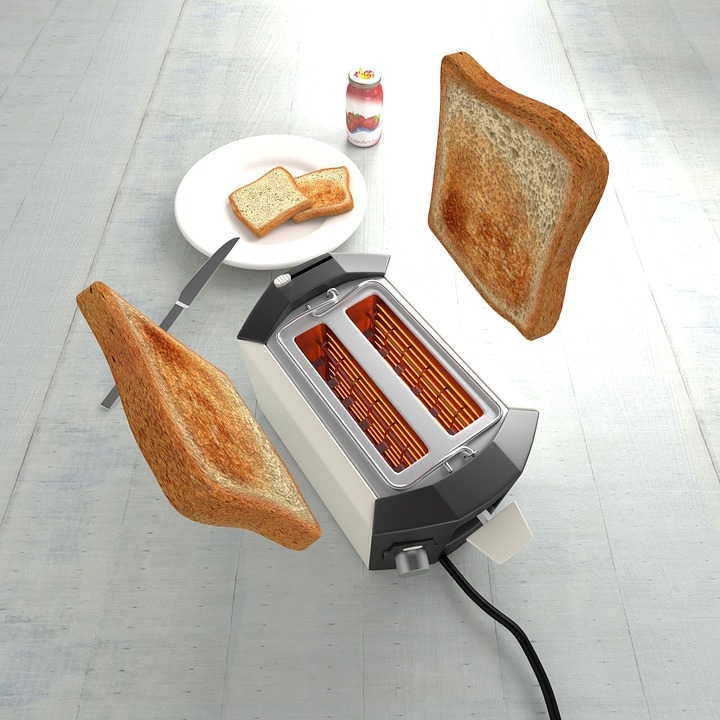Gluten-Free Made Easy

Luckily it is now much more common to be ‘gluten-free’ and there are a variety of products catering to such specifications.
What is gluten-free really?
Gluten-Free Simple and Easy
Sample Gluten-free meal plan:

Breakfast: Fruit Salad with Yoghurt OR Veggie Omelette
Lunch: Tuna with Salad OR Baked Potato (dress with lemon juice, olive oil or cottage cheese)
Dinner: Rice, Roast Vegetables, and Chicken or Salmon Fillet
Snacks:
- Home-made popcorn (add your own salt as the flavourings of store-bought popcorn may contain gluten)- Raw Nuts /Seeds
- Fresh Fruit
- Rice cakes
essential tips for going gluten-free:
Read food labels when you shop - This is incredibly important as gluten is hidden in many foods you may not be aware of, or there may be a risk of cross-contamination during production. Cross-contamination will only affect you if you are incredibly sensitive to gluten and will not be a problem for most people.
Strict nutritional labelling laws make it much easier to be aware of what is in your food, so look out for mentions of wheat, rye, barley, oats, spelt or any other gluten grain. Many products will also be labelled specifically as ‘gluten-free’ and these are generally safe to try.Use substitutes - Instead of wheat crackers have rice cakes and maize crackers. Check the label first, but generally rice crispies and corn flakes are good gluten-free breakfast cereals.
When making sauces use cornflour for thickening.
Check labels on spices, alternatively use fresh herbs.
Choose your booze carefully - Gluten-free alcohol includes cider, wine, sherry, spirits, port, and liqueurs. Going gluten-free means that beer, lagers, stouts, and ales are a no-no as they all contain varying amounts of gluten.

Be creative and enjoy exploring new substitutes. Bon Appétit!
Helga x

